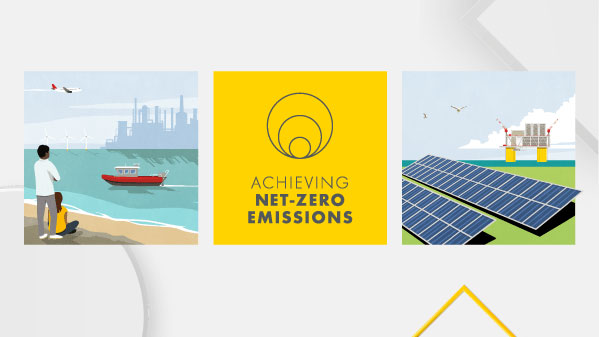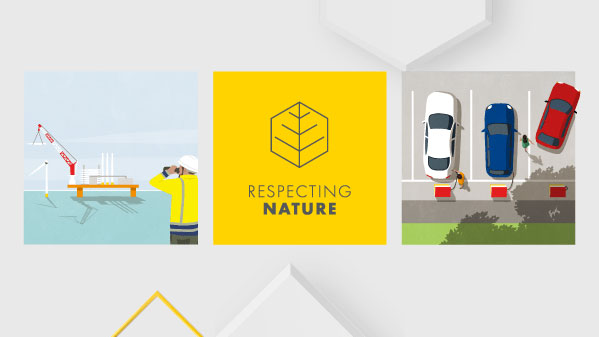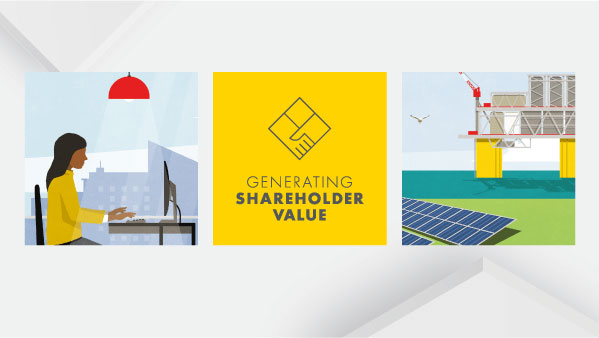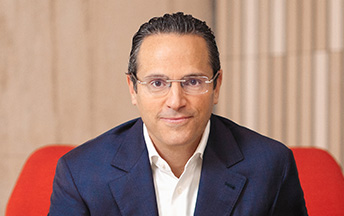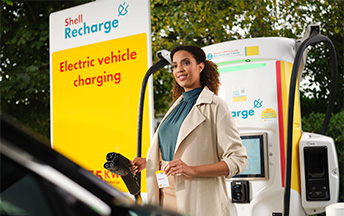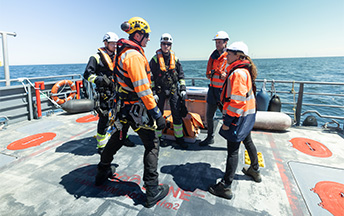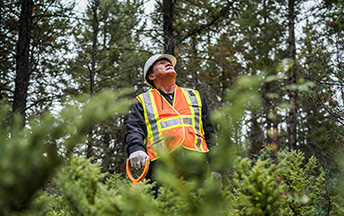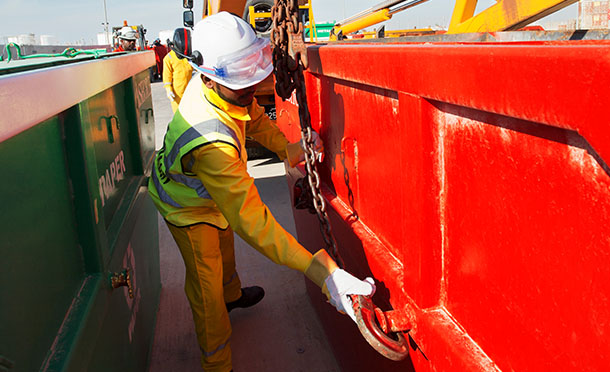Managing waste
Powering progress
Our ambition is to use resources and materials efficiently and to increase reuse and recycling.
- We are aiming for zero waste by reducing waste generated and increasing reuse and recycling in our businesses and supply chains. We aimed to set goals for waste reduction, reuse and recycling by the end of 2022.
At the end of 2022, we had completed 24 waste assessments at major production facilities across Shell in order to identify the largest waste streams, share learnings and develop plans to reduce the quantity of waste disposed. We aim to do this by reducing waste generation and increasing reuse, recycling and recovery. As we continue to develop these plans, we will update our goals for waste reduction, reuse and recycling.
Waste disposal
Thousand tonnes
In 2022, we disposed of 1,982 thousand tonnes of hazardous and non-hazardous waste, which is relatively flat compared with 1,993 thousand tonnes in 2021. We also sent 457 thousand tonnes of residual materials for reuse, recycling or beneficial use as a raw material in another process. For example, waste that might otherwise go to landfill can be incinerated to generate energy.
Find out more about waste and our circular economy approach at www.shell.com/sustainability/environment/circular-economy-and-waste.


